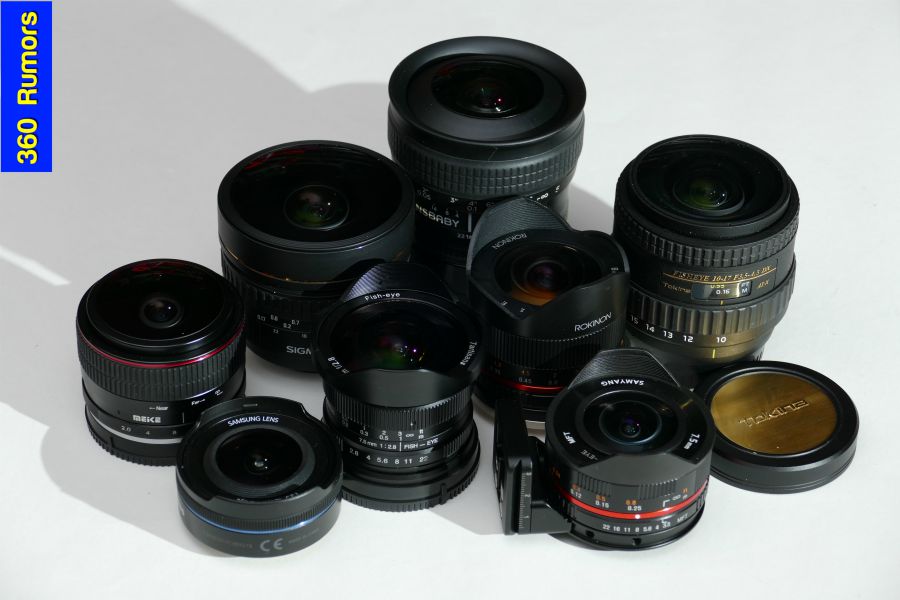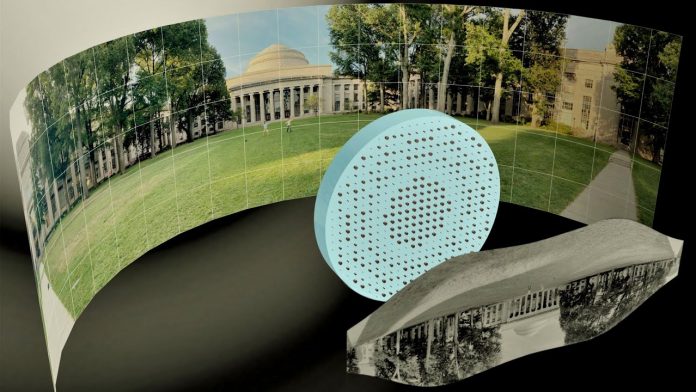L’articolo è riportato dal sito collegato al link che state leggendo. Clic per collegarsi al sito originale.
Clic to view the source link
MIT researchers have created a fisheye lens that is only about 1 millimeter thick and is totally flat. This new type of lens has wide-ranging implications for the 360 camera and VR industries.

Fisheye lenses are lenses with an extremely wide field of view, usually 180 degrees horizontally (a circular fisheye) or diagonally (full frame fisheye) and with a pronounced curvilinear perspective. All of them protrude to at least some extent, which makes them prone to damage. Fisheye lenses also usually have a lot of chromatic aberration near the edge of the lens.
MIT researchers have found a new way to create a fisheye lens – one that is totally flat. The new lens is a metalens. It is a wafer thin lens that refracts light using microscopic nanostructures etched on the back of the lens, analogous to Fresnel lenses but with a more complex design.
Metalenses have previously had a field of view as wide as 60 degrees. However, the team at MIT have been able to create a metalens with a field of view of almost 180 degrees. Moreover, the image was sharp almost across the entire frame, “with perfect focus,” said Juejun Hu, associate professor in MIT’s Department of Materials Science and Engineering.
Here’s a video that discusses the new metalens:
WHY IT IS A GAME CHANGER
This flat fisheye metalens a game-changer for several reasons. First, producing a metalens can cost less than a high quality fisheye lens, and therefore reduce the cost of producing 360 cameras.
Second, it has a much larger sweet spot compared to a conventional fisheye lens and therefore may improve image quality.
Third, it would be easier to create filters for 360 cameras, such as polarizers or ND filters.
Fourth, a flat fisheye lens can make it more practical to have 360 cameras in phones. Currently, phones with 360 cameras use fisheye lenses that bulge out, making them very vulnerable to damage if the phone is inevitably dropped or even just placed on a hard surface.
The metalens also has potential applications for use with VR headset lenses, and depth sensors with a wider field of view.
Here’s a link to the research paper describing the discovery.
The post MIT researchers have created the world’s first flat fisheye lens – why it’s revolutionary for the 360 industry appeared first on 360 Rumors.















